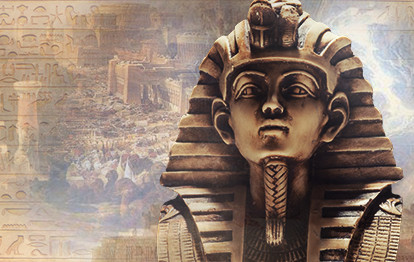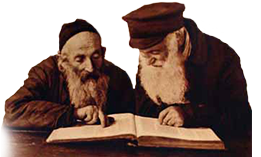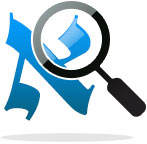THE INNER AND OUTER PORTIONS OF OUR HUMANITY
The image of a hardened heart is the Bible’s way of expressing obstinacy: persisting in one’s foolish way of doing things even when all signs indicate that it is leading in the wrong direction. The Torah actually uses three different verbs to refer to Pharaoh’s heart: חזק (hazak, strong), כבד (kaved, heavy), and קשה (kasheh, hard).
Usually in Biblical Hebrew these three adjectives convey positive attributes, for example the “strong sword of the Lord” (Isaiah 27:1) or the “heavy army” of the Arameans (2 Kings 6:14). But when applied to the human heart (lev לב), the situation is reversed. In the biblical mindset the lev is the core inner organ.
MUCH MORE THAN JUST A HEART
It is much more than merely the heart. It represents the inner self. It is what causes us to love, cry and empathize. Having a soft lev is what makes us human. In contrast, our outer body parts – legs, arms, head – are not particularly unique to the human race. They must be heavy and hard, an outer shell that resembles that of other animals in order to protect our fragile inner lev. The task of being a moral human being is making sure the inner and outer realms remain separate.
OPEN YOUR HEART TO THE REAL BIBLE
When you can read the Bible in the original Hebrew, you will wonder how you survived with translations alone for so many years. So what are you waiting for? The time has come to soften your heart and open yourself up to the riches of the Hebrew language.
Enroll in eTeacher’s Biblical Hebrew course now.







